Many SMEs view social media with mixed feelings. On the one hand, social media can be a great marketing platform. At the same time, social media is also time-consuming. Many businesses invest large amounts of time and money into social media marketing only to see little results. This begs the question, is social media marketing worth it?
With the right strategies, social media marketing is still worthwhile. There are multiple benefits to social media marketing. Businesses can take advantage of all the benefits of social media marketing by simply setting targeted goals. Here are some reasons why your business should go social this year.
1. Social Media Drives Traffic
Although building an email list is the ultimate way to get more web traffic, social media is the best place to start. What makes social media stand out is that it’s easy to setup accounts. Everyone’s already on Facebook and Twitter so you should know how to establish a presence for yourself.
The more followers you get on social media, the more web traffic you can expect when you publish links. Social media is also great to draw attention to special offers, product launches and more.
2. Marketing on Social Media Drives Engagement
Engagement is one area where social media stands out far above other marketing channels. There’s nowhere else where your followers can engage with your content through liking, commenting and sharing as easily.
A lot of social platforms also allow you to receive messages from customers via an instant messenger. This allows for more opportunities for customers to communicate with your brand. Customers can easily send you their questions, complaints and compliments. Communicating via instant messaging is modern and convenient for both you and your customers.
3. Build Brand Awareness
It can be hard to stand out from the crowd and establish a brand voice. Social media makes branding easier by allowing you to share images, content and messaging that lines up with your brand.
Establishing a solid brand helps create loyal customers. A brand helps create a sense of familiarity for customers, which they keep turning back to.
4. Learn More About Your Customers
Using social media can provide a lot of insight into the minds of people in your audience. You’ll be able to see what content your audience likes more. By getting this insight into your audience, you can adjust all your marketing to suit what your audience responds to best.
Many platforms, like Facebook and Twitter, also allow you to create polls. You can take advantage of this by asking customers questions about what they’d like to see from your business.
5. Social Media Allows You to Compete
Any business, no matter how big or small, can create social profiles. By using social media, smaller businesses are often able to complete with larger competitors.
Now matter the size of a business, the layout of their Facebook page or Twitter profile will still look the same. Unlike with your business website, you don’t need to spend a lot of money of web design to look professional. Simply focus on using high quality images and your brand can look as good as any.
6. Get Easy Marketing with Social Shares
If you consistently create high quality social media content, you’re likely to get some shares. The great thing about making sharable content is that it has the potential to go viral.
Not sure how to get people to share your content? Why not run a Facebook competition. Offer the winner a chance to get some of your products and services for free. Ask them to like your post, share it and comment to enter. Then take all the names of people who entered and randomly select a winner.
With this idea, you’ll need to think of a good prize. You’ll also need to spread awareness of your Facebook competition. Consider sharing the post about your competition to local groups where businesses can advertise.
7. Social Media Advertising is Affordable
Paid ads on social media offer some of the highest ROIs available. For competitive keywords, the cost of Google Adwords is always going up. However, platforms like Facebook offer highly affordable advertising options that are targeted to a specific audience.
You can choose your audience based on their location, job title, interests, age and more. This allows you to show highly targeted ads that are likely to have a good ROI.
The important thing is to choose the posts you promote wisely. Consider paid ads for posts promoting competitions, new products, special offers and other noteworthy company news. Be sure your ads are made to convert.
Don’t promote a post if it doesn’t have a prompt. You could prompt your audience to buy your product, enter a competition or even just to sign up for your email list. Just be sure your ads have a clear goal.
8. Social Media Is Flexible
For the best results, it’s better to post on social media more often. That said, you don’t have to commit to a posting schedule that won’t work for you. Too many business owners start off posting regularly on social media, but these efforts often fizzle out later on due to time constraints.
However, the good thing about social media is that you can tailor a posting schedule to your needs. If your business is only able to post once or twice a week, that’s still okay. You don’t need to post multiple tiles daily to enjoy the benefits of social media marketing.
Just be sure to keep your profile updated at least once every two weeks, even during periods when you’re short on time. New visitors on your profiles should be able to see that you publish relevant content regularly.
9. Promote Business Events, Sponsorships and More
If your business is attending a trade show, sponsoring an event or hosting a charity fundraiser, social media is the ideal place to advertise.
The great thing about social media is that you can always be growing your following. The more followers you have, the more you’ll get out of running a special campaign to promote important news at your company. Be sure to make the most out of this opportunity. If there’s any special event in your company you want to shed some light on, run a campaign of posts across your social media channels.
Be sure to publish multiple promotional posts for the same event, as your followers don’t see all the posts you publish in their feeds. In some cases, you can even repost old content, but don’t overdo this, as it can bore your audience.
10. Social Media Can Be Fun
You and your team can have so much fun with your social media. Audiences of social platforms go to relax and catch up with friends and family. As a result, most social media platforms aren’t overly serious. While it’s important to stay professional online, your audience will appreciate it if your content reflects their relaxed mood while browsing their favorite platforms.
It’s okay to share interesting content from around the web that relates to your industry. You can also give your audience a good laugh by sharing funny content, especially if it relates to your industry. Motivational content like quotes are also popular on social platforms.
By considering what kinds of entertaining content your business can create, you can make your social media marketing a fun project for everyone in the company.
There are so many great ways to create content for social media. You can even consider sharing video content and have fun creating images that reflect your brand.


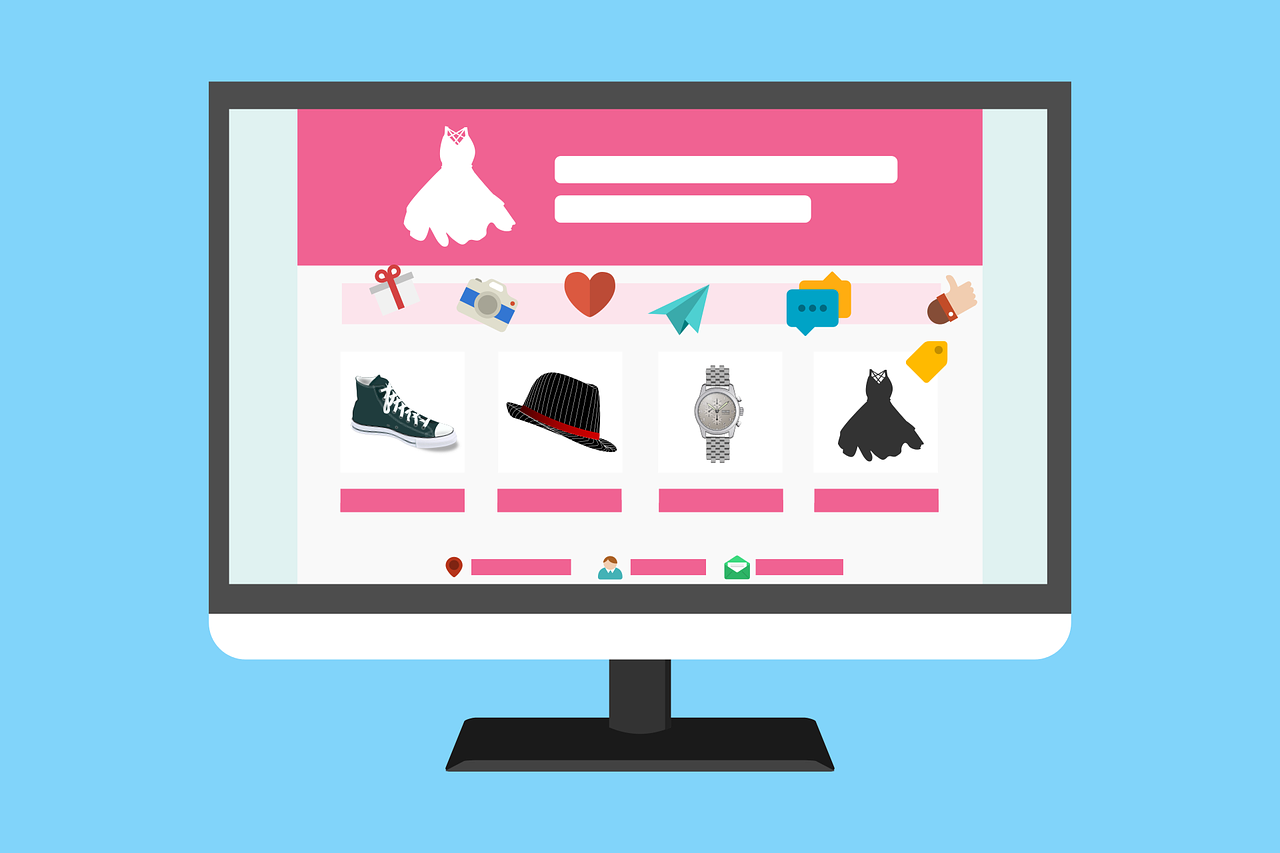
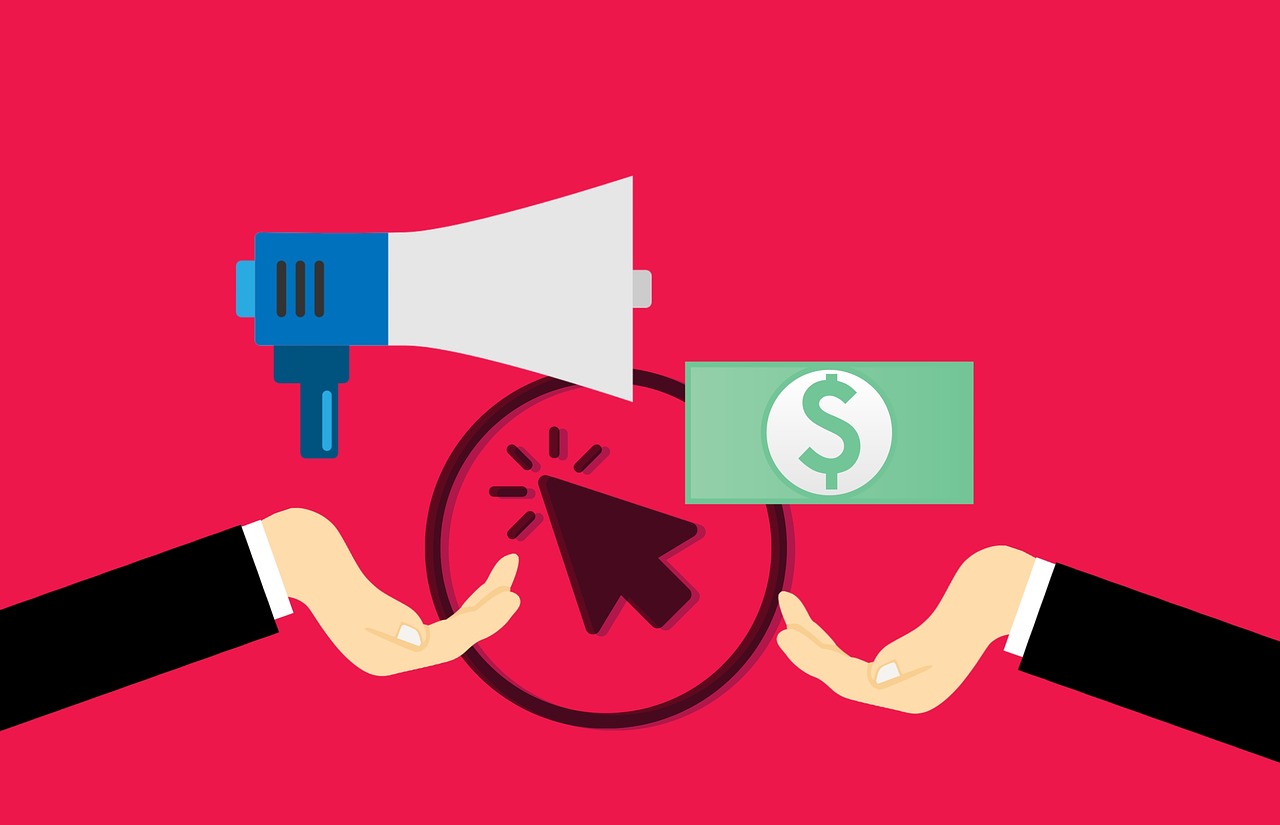
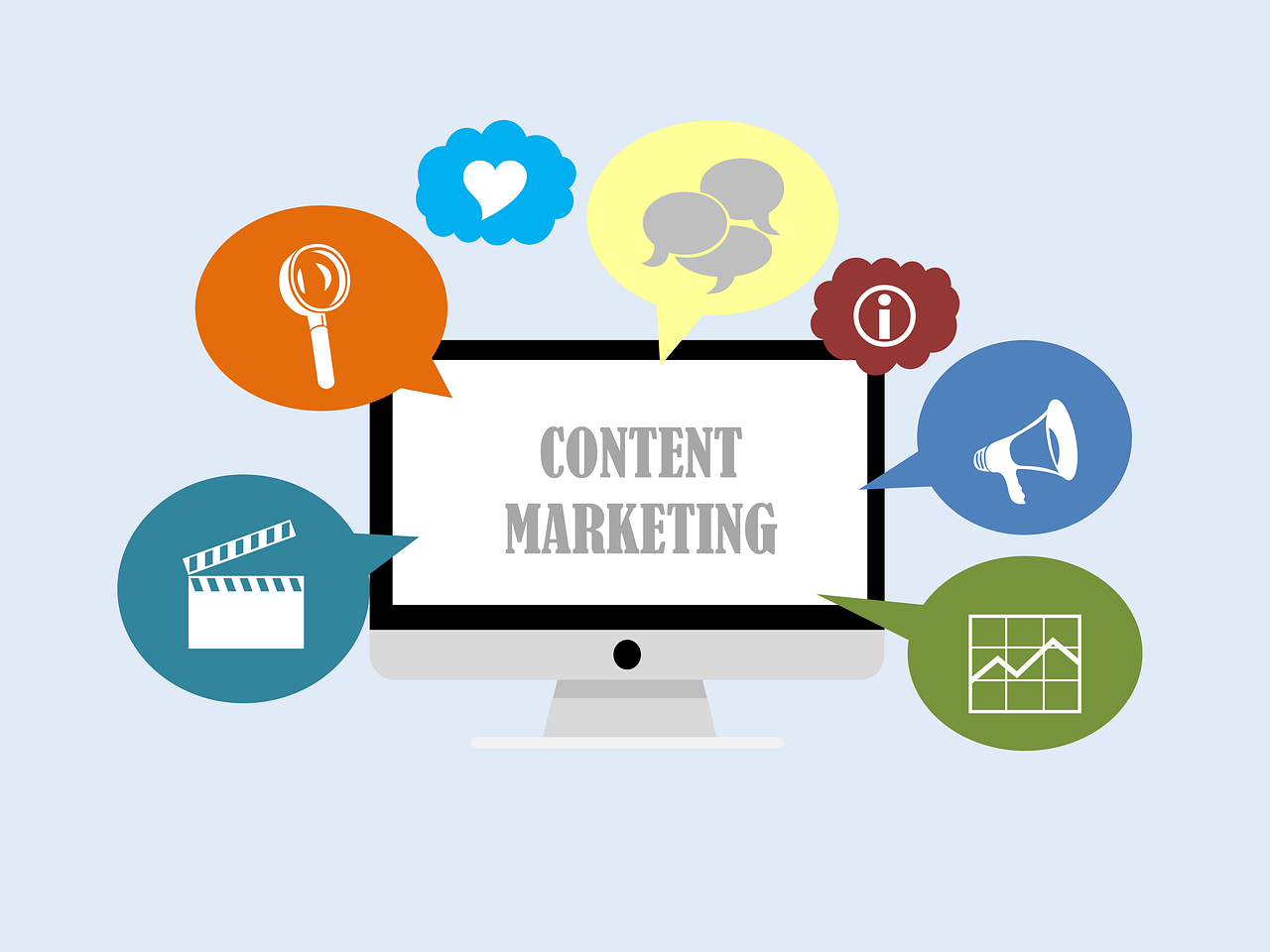
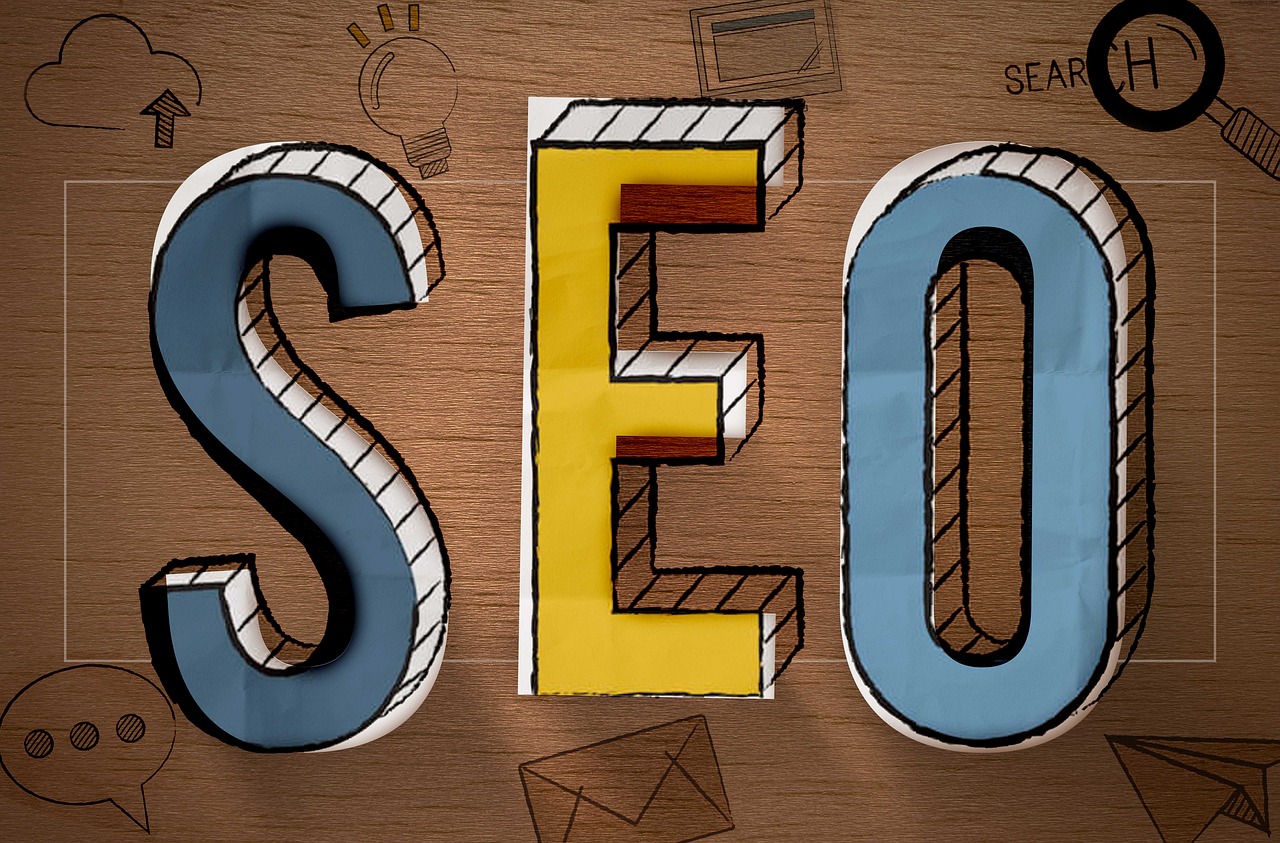
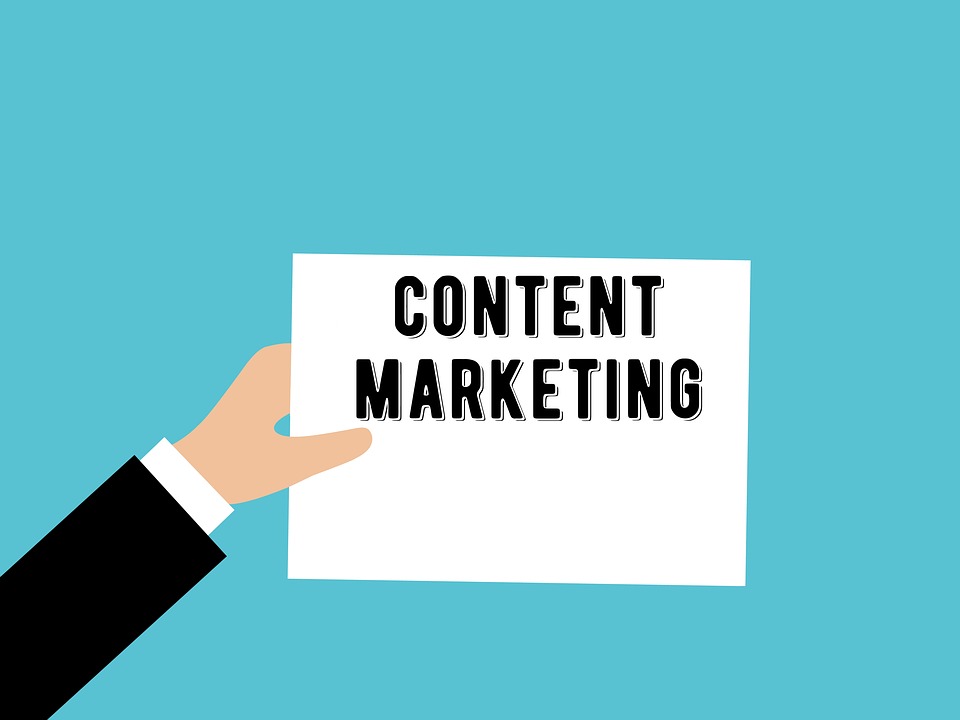

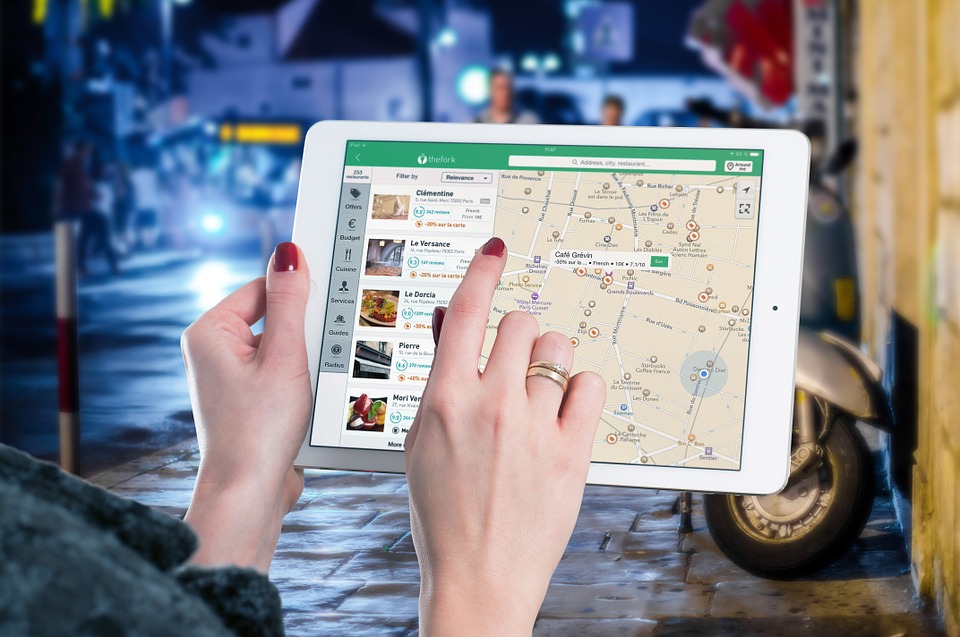
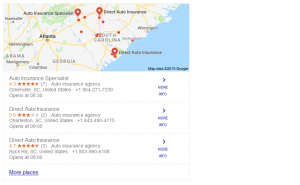
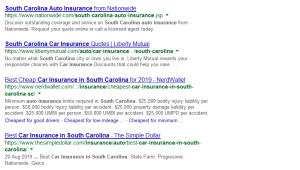


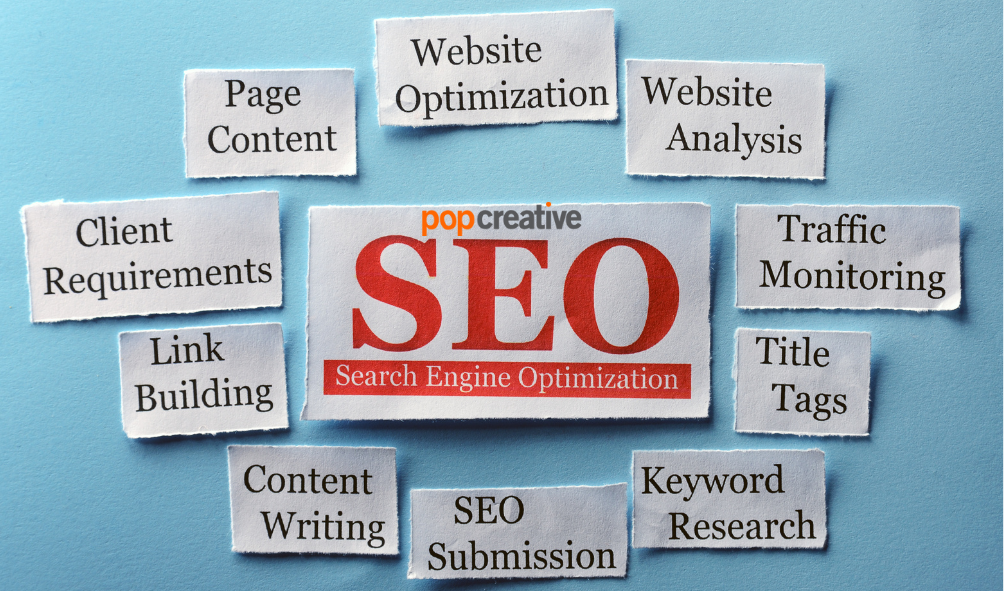

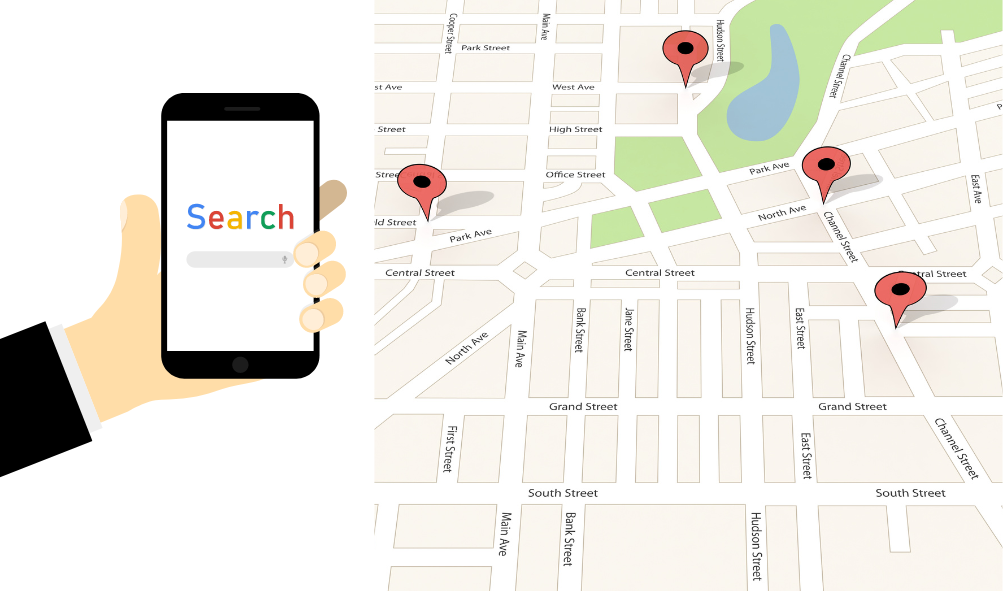
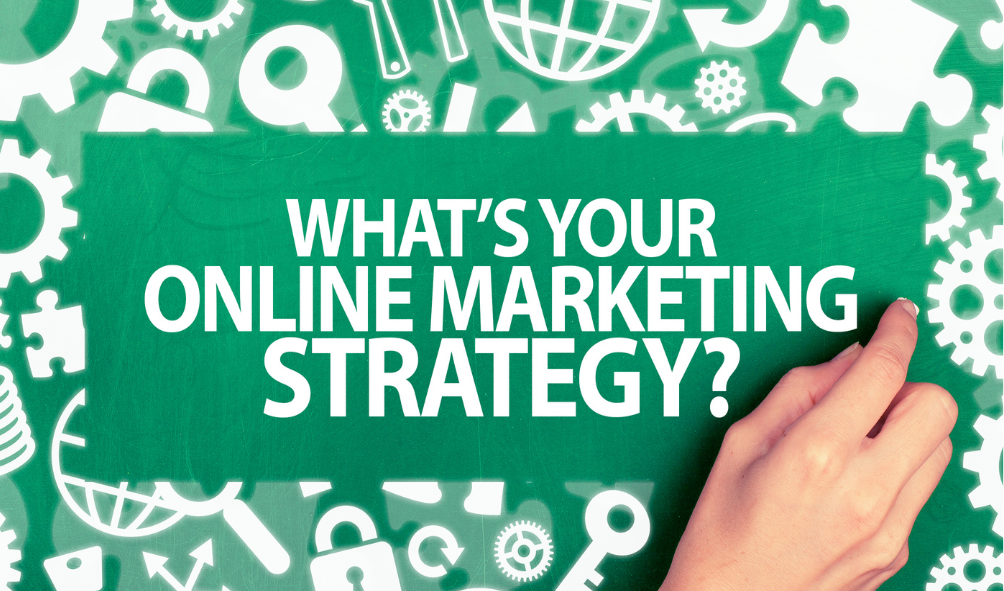
Recent Comments